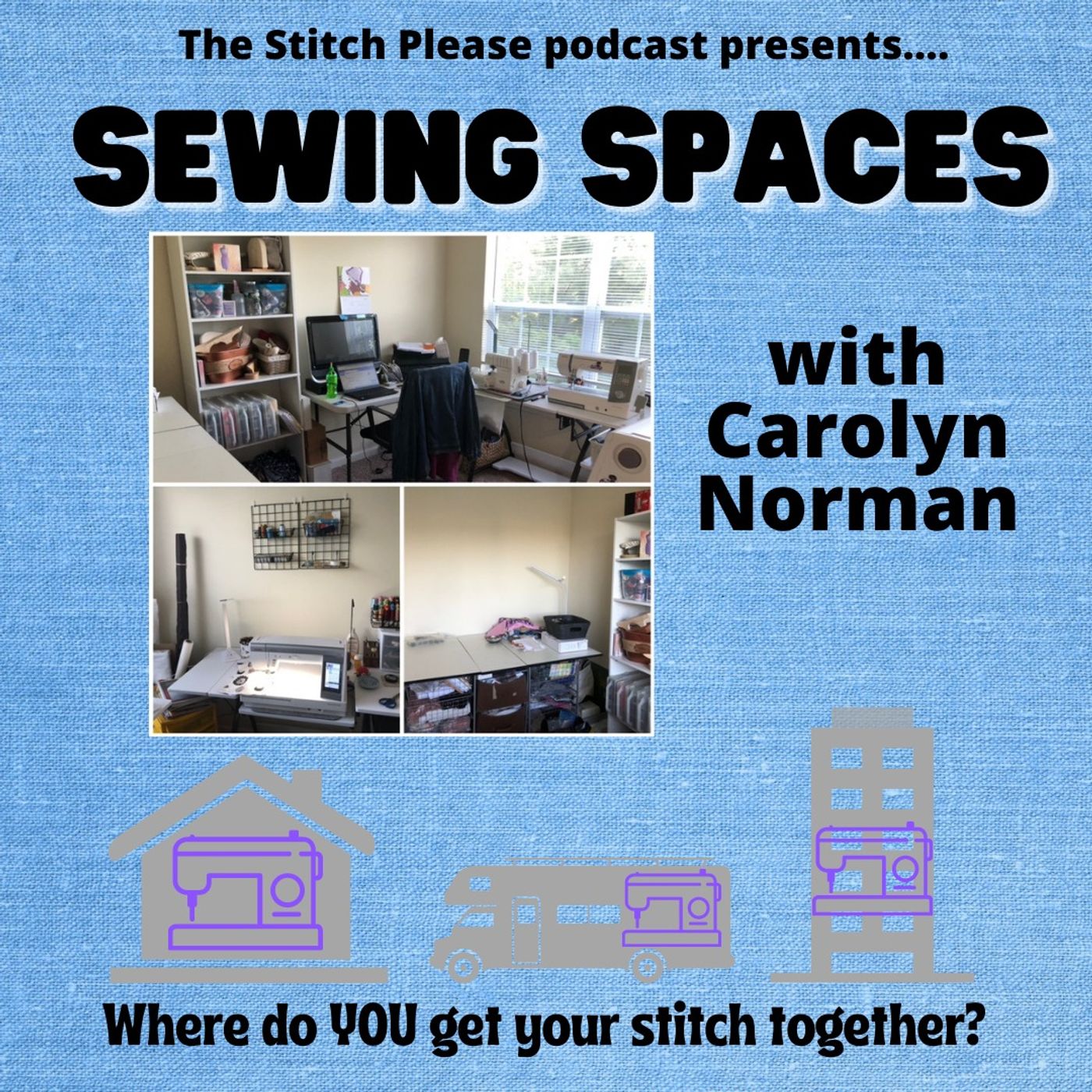Sign up for the Black Women Stitch quarterly newsletter!
Check out our merch here
Leave a BACKSTITCH message and tell us about your favorite episode.
Join the Black Women Stitch Patreon
Jennifer Oldham
Jennifer Oldham is a thread artist who creates beautiful embroidery hoop designs through which we can see our sisters and ourselves. Jennifer shares her designs through @herhoopdreams and a collection of her work was recently displayed at the Nashville Hermitage Library. While her mom has sewn throughout her entire life and she wore handmade clothes regularly including to her prom and her wedding, Jennifer never took to sewing like her mom did but used the skill when she first got married and couldn’t afford to buy curtains and placemats, making them herself. Still, she understood the beauty, skill, and time it takes to make things by hand and eventually found her joy in embroidering.
Lisa Woolfork
Lisa Woolfork is an associate professor of English specializing in African American literature and culture. Her teaching and research explore Black women writers, Black identity, trauma theory, and American slavery. She is the founder of Black Women Stitch, the sewing group where Black lives matter. She is also the host/producer of Stitch Please, a weekly audio podcast that centers on Black women, girls, and femmes in sewing. In the summer of 2017, she actively resisted the white supremacist marches in her community, Charlottesville, Virginia. The city became a symbol of lethal resurging white supremacist violence. She remains active in a variety of university and community initiatives, including the Community Engaged Scholars program. She believes in the power of creative liberation.
Insights from this episode:
- How Jennifer discovered an art form that spoke to her
- Expressing facial features in a realistic way through embroidery and getting the details right
- How learning and unlearning play an important role in both the creating process and in life
- Where Jennifer gets her inspiration from
- The importance of seeing ourselves and people who look like us expressed through art
- The therapeutic power of creative art forms
Quotes from the show:
- “You are creating things from your needle and thread that are a reflection of so much Black beauty, so much patience, so much intricate detail.” – Lisa Woolfork, Stitch Please, Episode #194
- “Even now I still take things to my mother’s house for her to sew them!” – Jennifer Oldham, Stitch Please, Episode #194
- “A part of the journey that I’m on is one of unlearning things that don’t fit who I am now and recreating myself–or creating myself and being intentional about that.” – Jennifer Oldham, Stitch Please, Episode #194
- “This is my year, this is my time, this is my phase of life. Finding me, rediscovering me, taking the pieces that still work and basically stitching them together.” – Jennifer Oldham, Stitch Please, Episode #194
- “Learning and unlearning, all of these are such vital elements of what it means to just exist in this world, and you have given us a model for putting that not on stage or Instagram where that feels sometimes so forced, but making something really permanent and beautiful and taking the time to do so. That’s something I really appreciate, the care and detail about your work.” – Lisa Woolfork, Stitch Please, Episode #194
- “Sometimes people have asked me how do you decide what to make, and it’s just whatever I’m interested in at the moment; there is no rhyme or reason. I’m just like ‘I want to make that!’, so I make it. Which is very freeing! There aren’t a lot of spaces in our daily lives where we can just do what we want. Sometimes there might be pockets of that, but it feels like with this particular medium I can just do what I want, and it feels very freeing, it feels very calming. It’s a good way to sometimes feel a little bit more control when things feel out of control.” – Jennifer Oldham, Stitch Please, Episode #194
- “I think one of the things that matter most in sewing and in life is to have boundaries. To exercise your boundaries to stay within the lines that you create yourself, not necessarily what other people have created for you. To take time to play. For me, play is just as vital as breathing. Make boundaries for yourself, honor other people’s boundaries, and just enjoy yourself!” – Jennifer Oldham, Stitch Please, Episode #194
Stay Connected:
YouTube: Black Women Stitch
Instagram: Black Women Stitch
Facebook: Stitch Please Podcast
Lisa Woolfork
Instagram: Lisa Woolfork
Twitter: Lisa Woolfork
Jennifer Oldham
Instagram: @herhoopdreams
Subscribe to our podcast + download each episode on Stitcher, Apple Podcasts, and Spotify.
This episode was produced and managed by Podcast Laundry.
Sign up for the Black Women Stitch quarterly newsletter
Check out our merch here
Leave a BACKSTITCH message and tell us about your favorite episode.
Join the Black Women Stitch Patreon
Check out our Amazon Store
Stay Connected:
YouTube: Black Women Stitch
Instagram: Black Women Stitch
Facebook: Stitch Please Podcast



